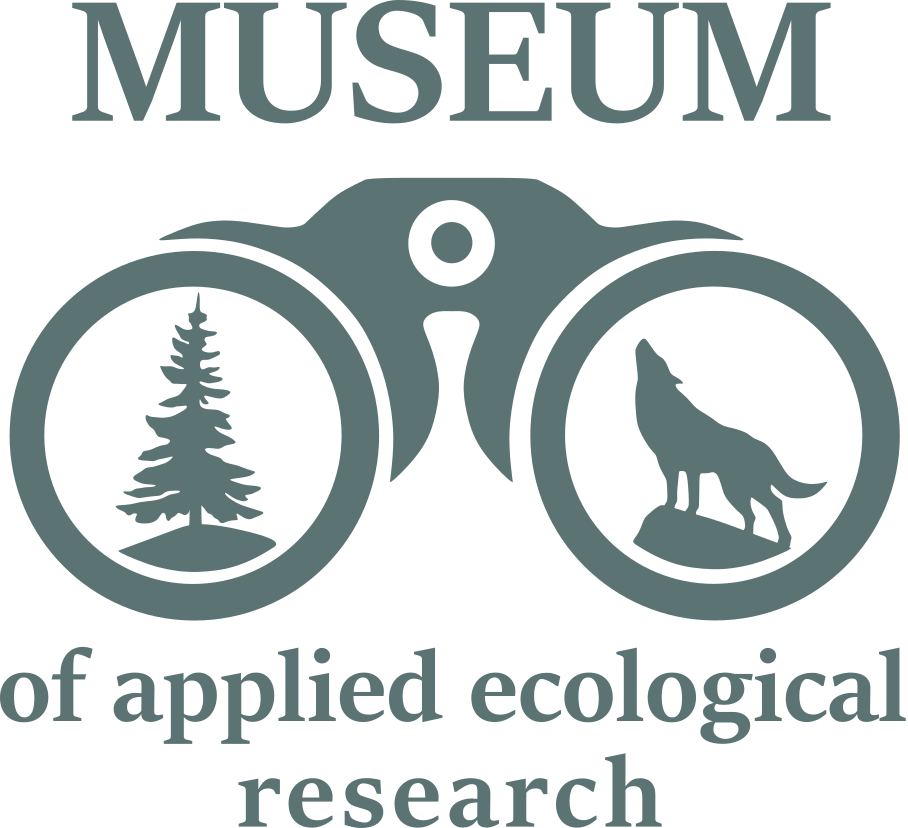
The project is to deal with weak or uncertain environmental resilience of the chosen target areas – protected territories with
intensive recreational load. These territories are:
- Kizhi State Open Air Museum and its buffer zone with more than 20 villages (UNESCO heritage site)
- Vodlozersky biosphere reserve and national park, including Kuganavolok village (UNESCO heritage site)
- North Karelia biosphere reserve (NKBR) in Finnish – Russian border region (UNESCO heritage site)
- Rokua Unesco Geopark located 100 km from Oulu in the region of Oulu and Kajaani (UNESCO heritage site)
The key outputs the project will produce
1. Best available practices and solutions to environmental problems are adopted at the target areas of the project. It will result also in increasing efficiency of
the environmental monitoring and management framework in the targeted areas.
2. Demonstration projects established and supported with practical infrastructural & visibility items. It will provide better conditions for well organized and
functioning waste and water management, treatment and recycling, abilities for common adaptation of best practices and involvement of local residents and
visitors.
3. Increased awareness by regional and local stakeholders on sustainable environmental management for protection of land and water resources. This will
also involve willingness of the target groups to take part in maintaining best environmental practices achieved through capacity building programmes
(education, training including issues of environmental vulnerability, and methods of safe and sustainable waste and water treatment).
It’s also important to highlight that the project will produce strengthened structure for cooperation of technology and experience exchange between Finnish
and Russian nature and culture heritage areas established by creating new co-operational groups and information exchange habits between relevant site
managers and other partners.
Partners of the project: